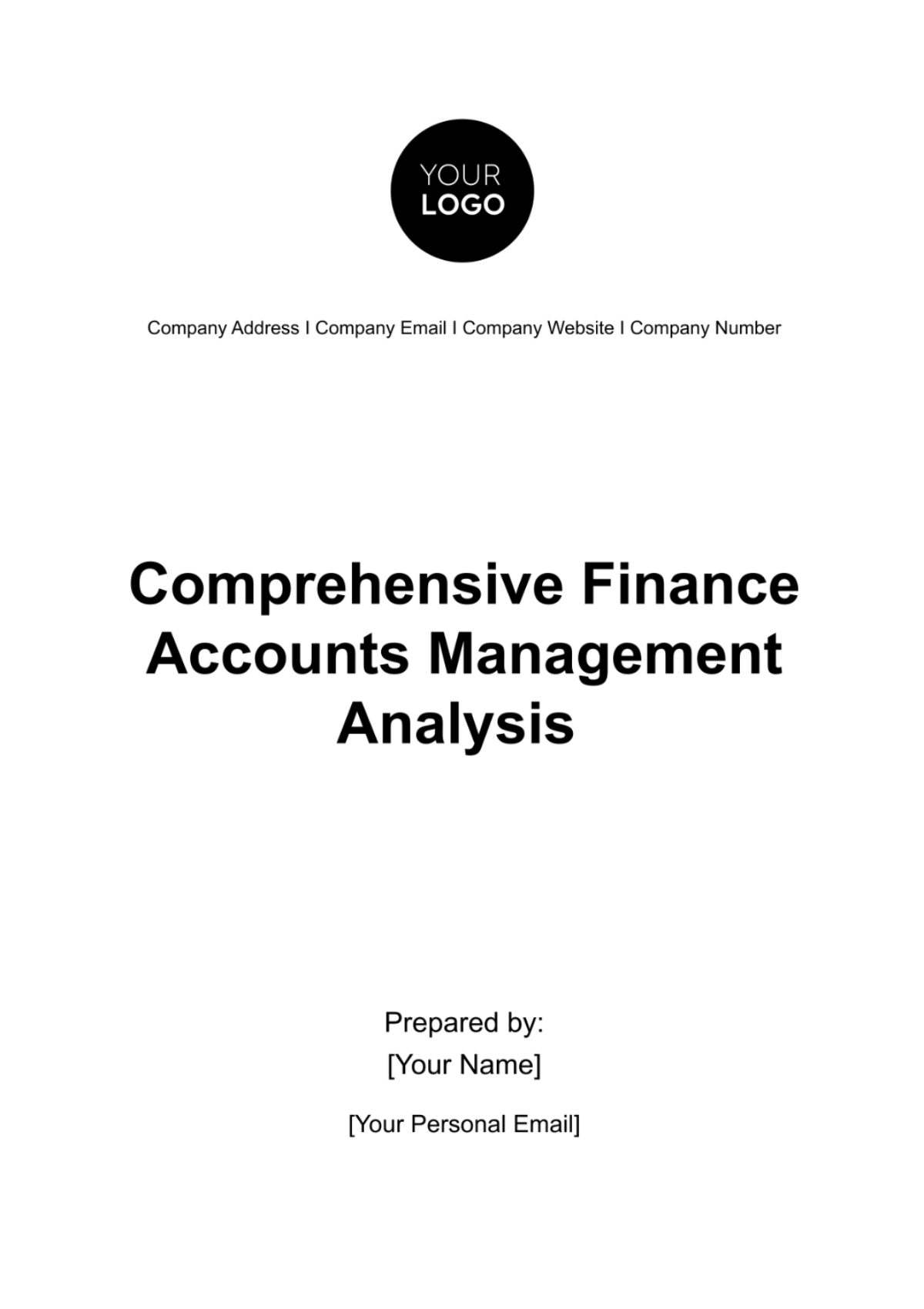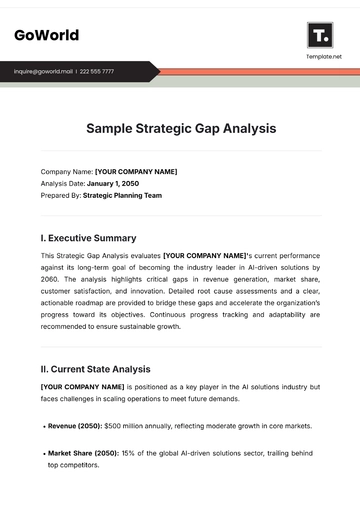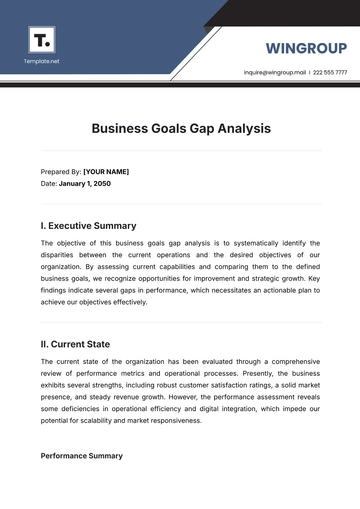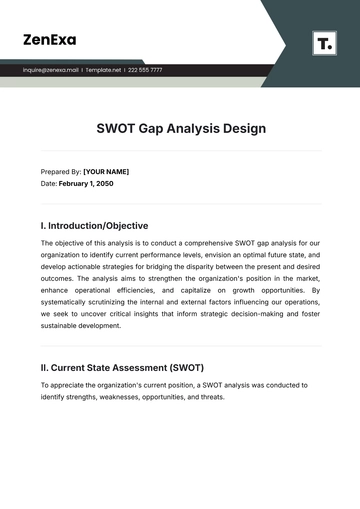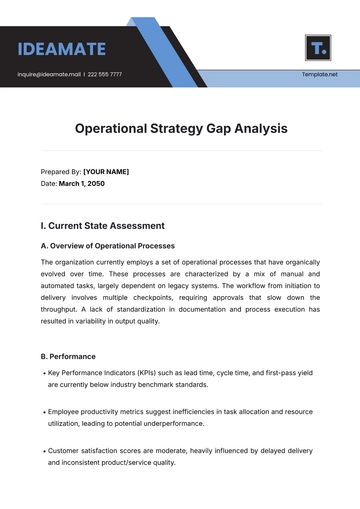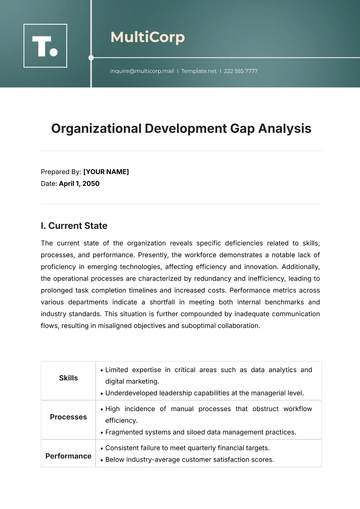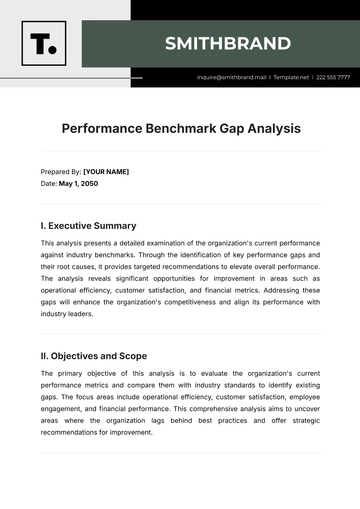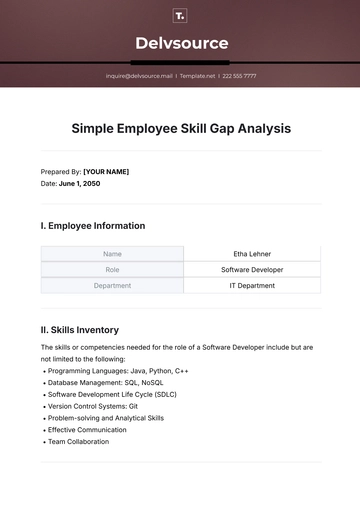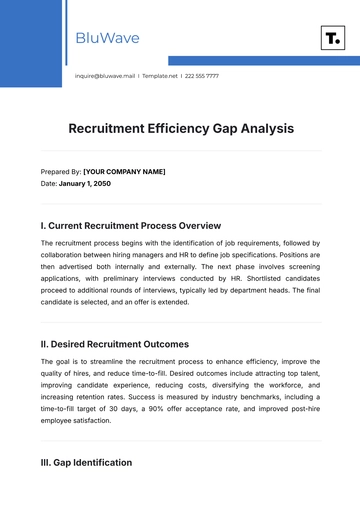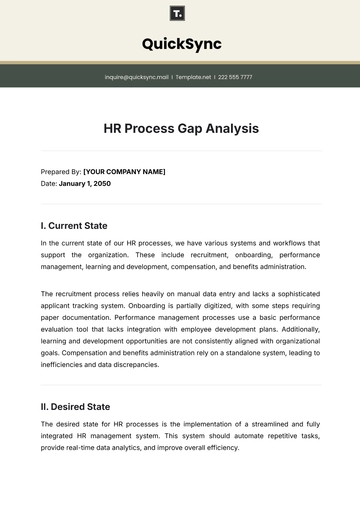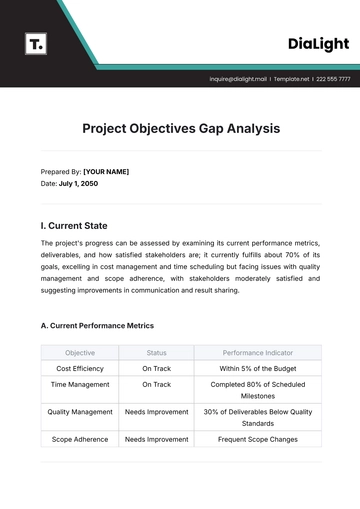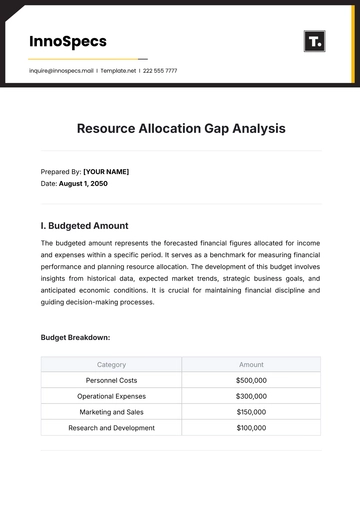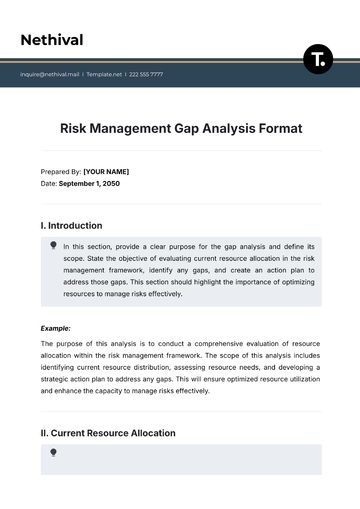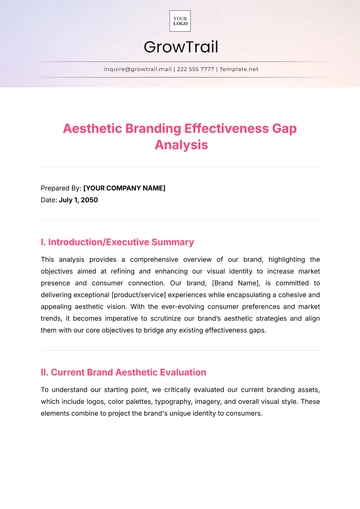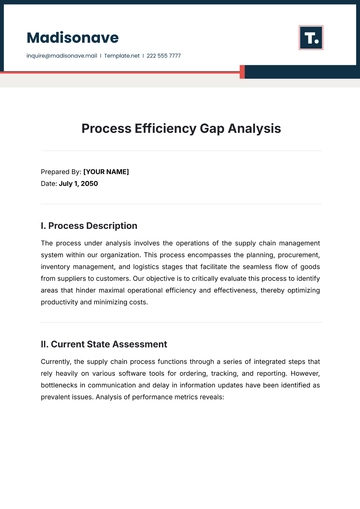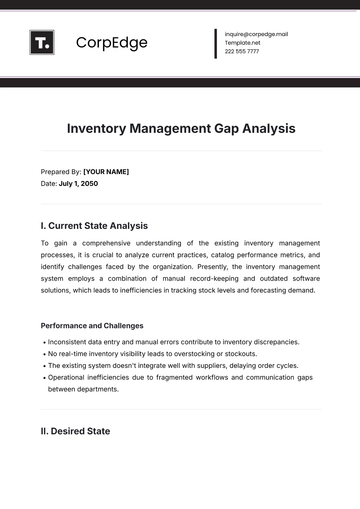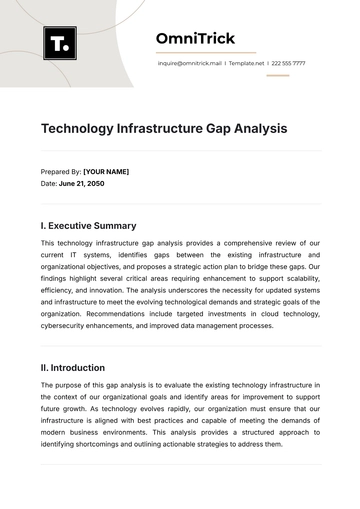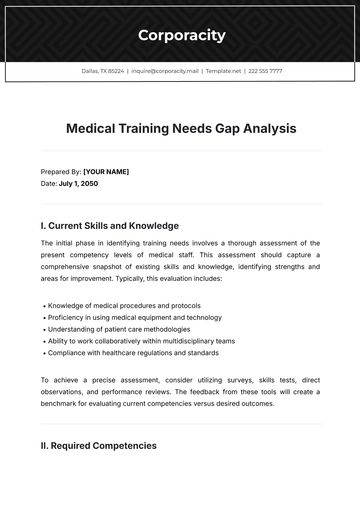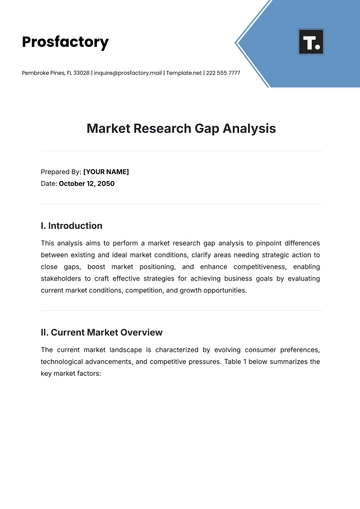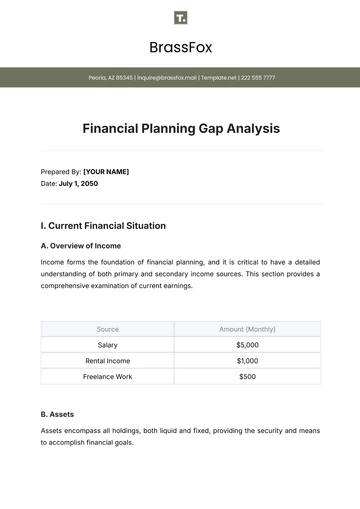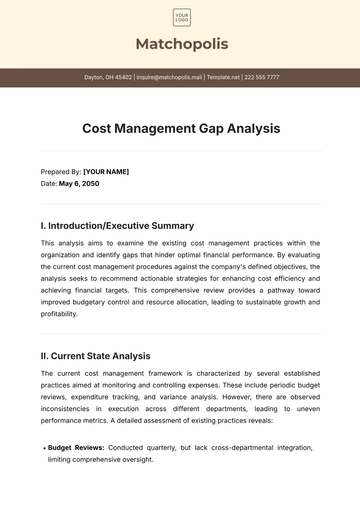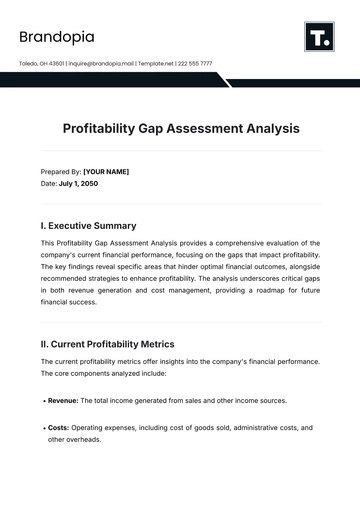Comprehensive Finance Accounts Management Analysis
Accounts Payable Management
Overview of Accounts Payable
Accounts Payable (AP) is a critical component of a company's financial management, representing the company's obligation to pay off short-term debts to its creditors or suppliers. Effective AP management is essential not only for maintaining healthy cash flow but also for fostering strong relationships with suppliers, which can lead to more favorable terms and opportunities.
Current Status of Accounts Payable
Total Accounts Payable: $1,500,000
Average Payment Period: 45 days
Number of Suppliers: 300
Detailed Breakdown of Accounts Payable
Supplier Category | Amount Owed | Percentage of Total AP |
Raw Materials | $600,000 | 40% |
Utility Services | $300,000 | 20% |
Professional Services | $200,000 | 13% |
Office Supplies | $100,000 | 7% |
Other Expenses | $300,000 | 20% |
Payment Terms Analysis
A comprehensive review of payment terms agreed upon with suppliers is crucial for optimizing cash flow. The following table represents a sample of the diverse payment terms:
Supplier | Amount Owed | Payment Terms | Due Date |
A | $50,000 | 30 days | 2024-02-15 |
B | $75,000 | 45 days | 2024-03-01 |
C | $30,000 | 60 days | 2024-03-15 |
Note: This table represents a sample from the complete supplier list. | | | |
Age Analysis of Payable
Understanding the aging of accounts payable helps in prioritizing payments and managing cash flow efficiently.
Age Bracket | Total Amount | Percentage of AP |
0 - 30 days | $500,000 | 33.3% |
31 - 60 days | $600,000 | 40% |
61 - 90 days | $250,000 | 16.7% |
Over 90 days | $150,000 | 10% |
Strategies for Improvement
Negotiating Payment Terms: Proactively working with suppliers to extend payment terms where possible, reducing the pressure on short-term cash flow.
Early Payment Discounts: Introducing incentives for early payment can significantly reduce overall expenditure.
Electronic Payment Systems: Implementing automated payment systems to reduce processing time and errors, ensuring timely payments.
Vendor Analysis: Regularly evaluating vendor performance and costs to negotiate better terms or find more cost-effective alternatives.
Implementing AP Software: Investing in accounts payable software can streamline the entire AP process, from invoice capture to payment processing.
Accounts Receivable Management
Overview of Accounts Receivable
Accounts Receivable (AR) is a vital aspect of a company's financial health, representing the credit that the company has extended to its customers. Efficient AR management is crucial for ensuring a steady cash flow, maintaining liquidity, and reducing the risk of bad debts. It involves tracking and collecting due payments from customers, often necessitating a delicate balance between maintaining customer relationships and enforcing credit terms.
Current Status of Accounts Receivable
Total Accounts Receivable: $2,000,000
Average Collection Period: 30 days
Number of Credit Customers: 200
Detailed Analysis of Accounts Receivable
Customer Segment | Amount Due | Percentage of Total AR |
Large Corporates | $1,200,000 | 60% |
SMEs | $600,000 | 30% |
Individual Clients | $200,000 | 10% |
Customer Credit Terms Analysis
A thorough analysis of credit terms provided to different customers helps in understanding the risk profile and managing the receivables effectively.
Customer | Amount Due | Credit Terms | Due Date |
X | $100,000 | 30 days | 2024-01-30 |
Y | $150,000 | 45 days | 2024-02-15 |
Z | $75,000 | 60 days | 2024-03-01 |
Note: This table represents a sample from the complete customer list. | | | |
Age Analysis of Receivable
Understanding the aging of accounts receivable is crucial for identifying potential bad debts and managing collection efforts.
Age Bracket | Total Amount | Percentage of AR |
0 - 30 days | $1,200,000 | 60% |
31 - 60 days | $500,000 | 25% |
61 - 90 days | $200,000 | 10% |
Over 90 days | $100,000 | 5% |
Strategies for Improvement
Stricter Credit Policies: Implementing more stringent credit evaluation processes to assess the creditworthiness of new and existing customers.
Discounts for Early Payments: Encouraging customers to pay their invoices early by offering small discounts, improving cash flow.
Regular Credit Reviews: Periodically reviewing the credit limits and terms of existing customers based on their payment history and current financial health.
Automated Reminders and Follow-ups: Utilizing automated systems for sending invoice reminders and follow-ups to ensure timely collections.
Dedicated Collections Team: Establishing a specialized collections team to handle overdue accounts, negotiate payment plans, and take necessary actions for delinquent accounts.
Cash Flow Analysis
Overview of Cash Flow
Cash flow is the lifeblood of any business, indicating the net amount of cash and cash equivalents being transferred into and out of a company. It's a key indicator of financial health, reflecting the company's ability to pay debts, reinvest in its operations, return money to shareholders, and provide a buffer against future financial challenges.
Current Cash Flow Status
Net Cash Flow from Operating Activities: $500,000
Net Cash Flow from Investing Activities: -$200,000
Net Cash Flow from Financing Activities: $300,000
Total Net Cash Flow: $600,000
Breakdown of Cash Flow Components
Component | Amount ($) | Description |
Operating Income | 700,000 | Income from primary business activities |
Operating Expenses | -200,000 | Expenditures related to business operations |
Investments in Equipment | -150,000 | Long-term investments in business assets |
Proceeds from Sale of Assets | 50,000 | Income from selling fixed assets |
Debt Financing | 200,000 | Cash inflow from loans or debt issuance |
Equity Financing | 100,000 | Cash inflow from issuing stock |
Dividend Payments | -50,000 | Cash outflow to shareholders |
Projected Cash Flow Statement
Projecting future cash flows is crucial for planning and decision-making. The following table represents a forecast based on historical data and current trends:
Month | Operating ($) | Investing ($) | Financing ($) | Net Cash Flow ($) |
January | 150,000 | -50,000 | 100,000 | 200,000 |
February | 120,000 | -30,000 | 150,000 | 240,000 |
March | 130,000 | -20,000 | 50,000 | 160,000 |
Analysis of Cash Flow Trends
Operating Activities: Consistently positive, indicating healthy business operations.
Investing Activities: Negative due to ongoing investments, but essential for long-term growth.
Financing Activities: Varied, reflecting the company's capital structure decisions and shareholder payments.
Recommendations for Cash Flow Improvement
Optimizing Operating Expenses: Regularly reviewing and minimizing unnecessary operating expenses.
Asset Management: Selling underutilized assets to free up cash and evaluating the ROI of new investments.
Debt Management: Refinancing high-interest debt and ensuring a balanced mix of debt and equity financing.
Revenue Diversification: Exploring new revenue streams to reduce dependence on few income sources.
Working Capital Management: Enhancing the efficiency of accounts receivable and payable to ensure more predictable cash flow.
